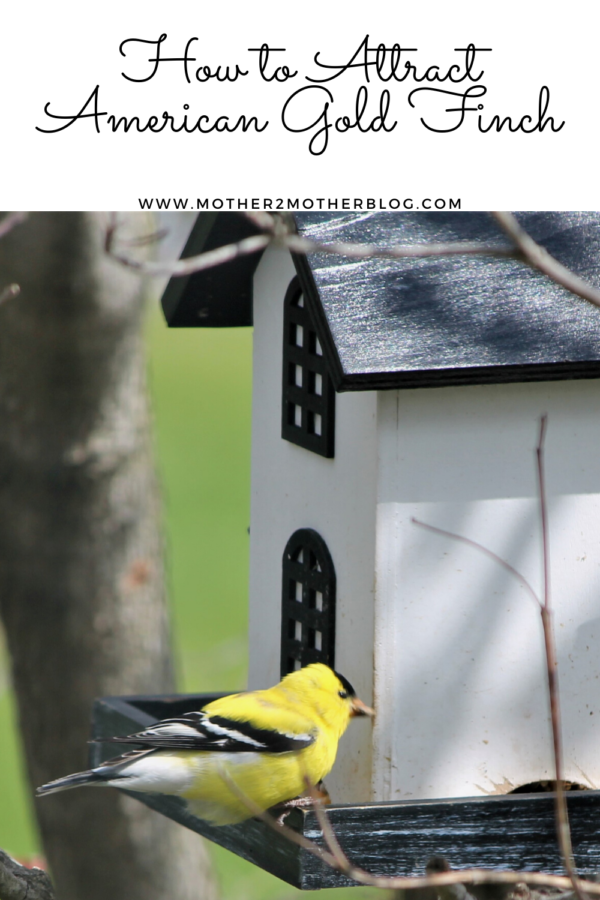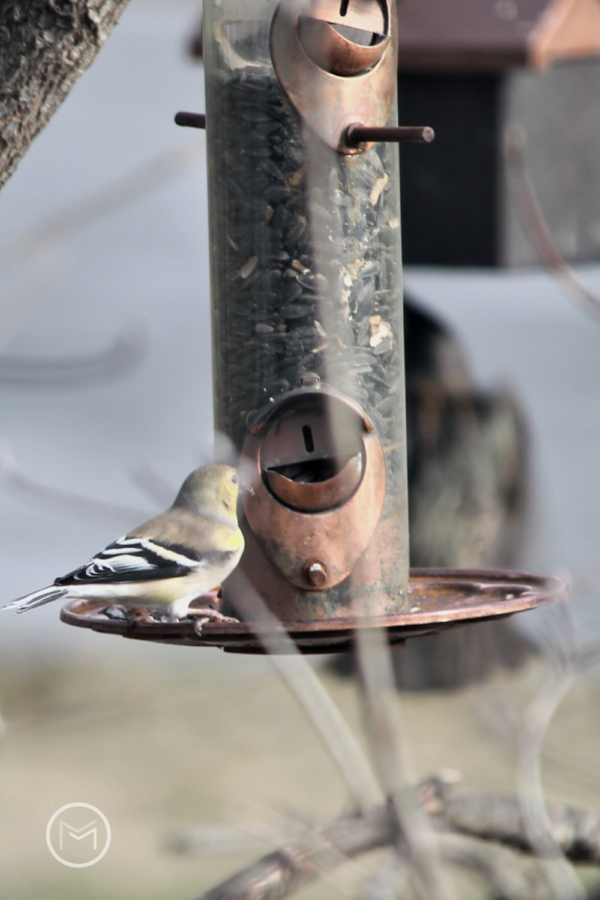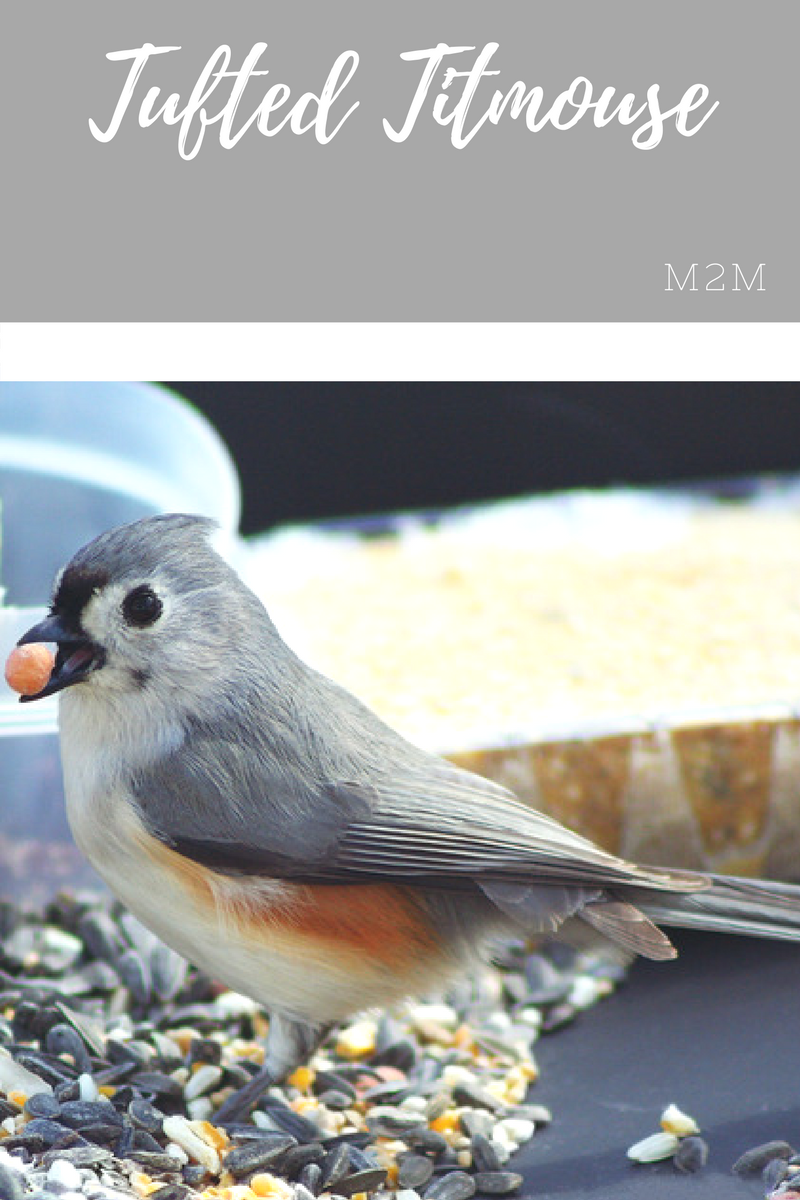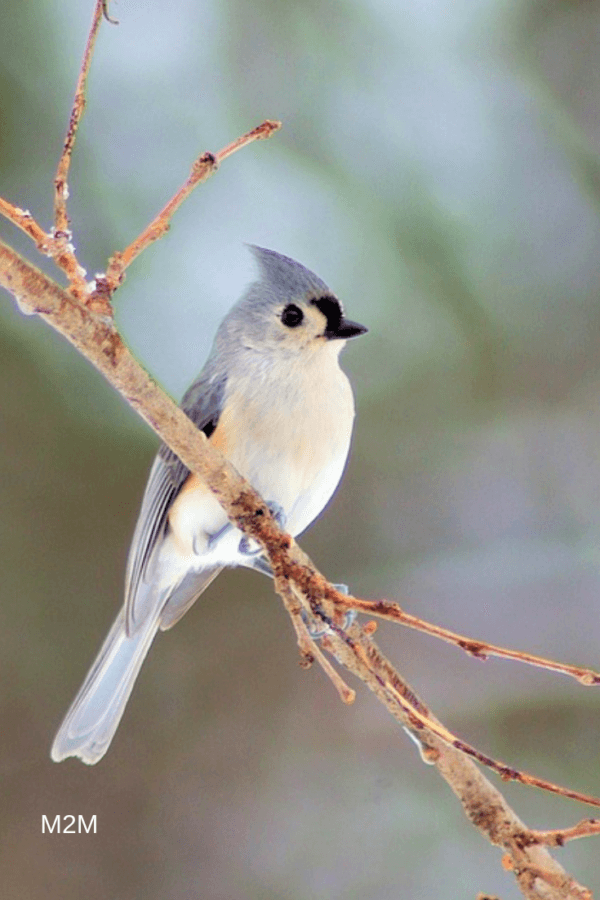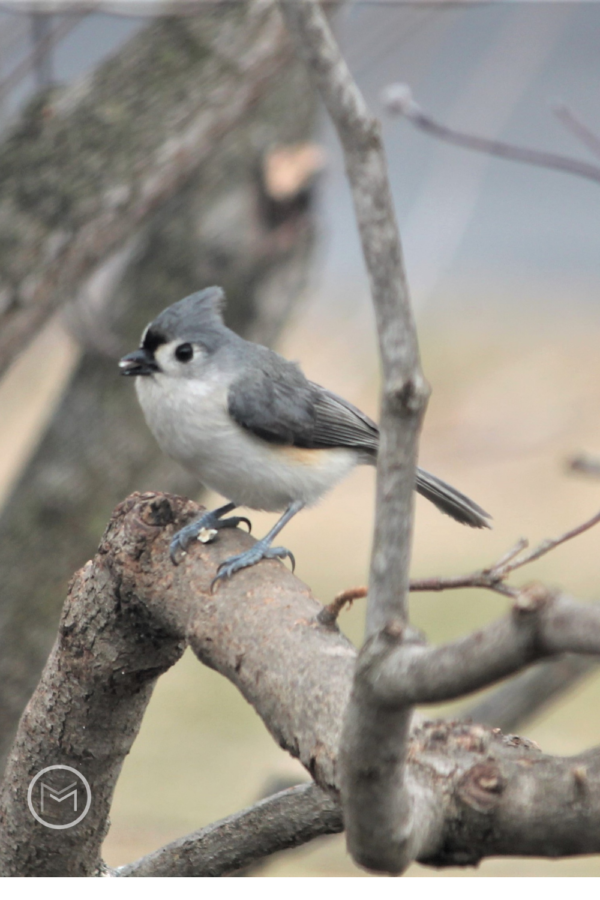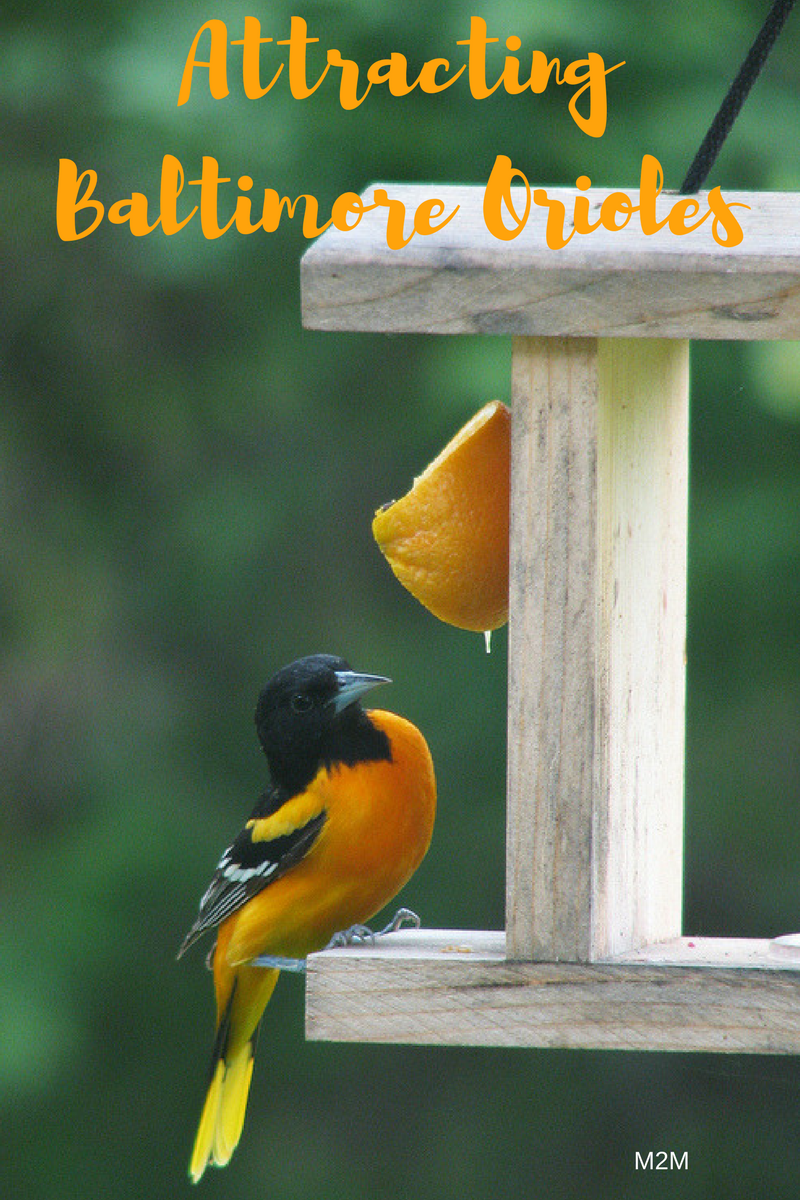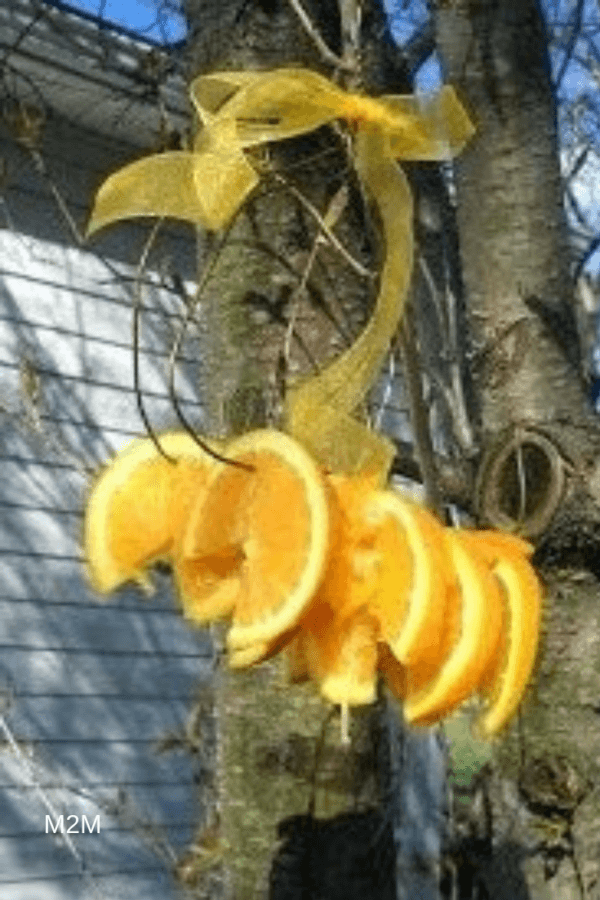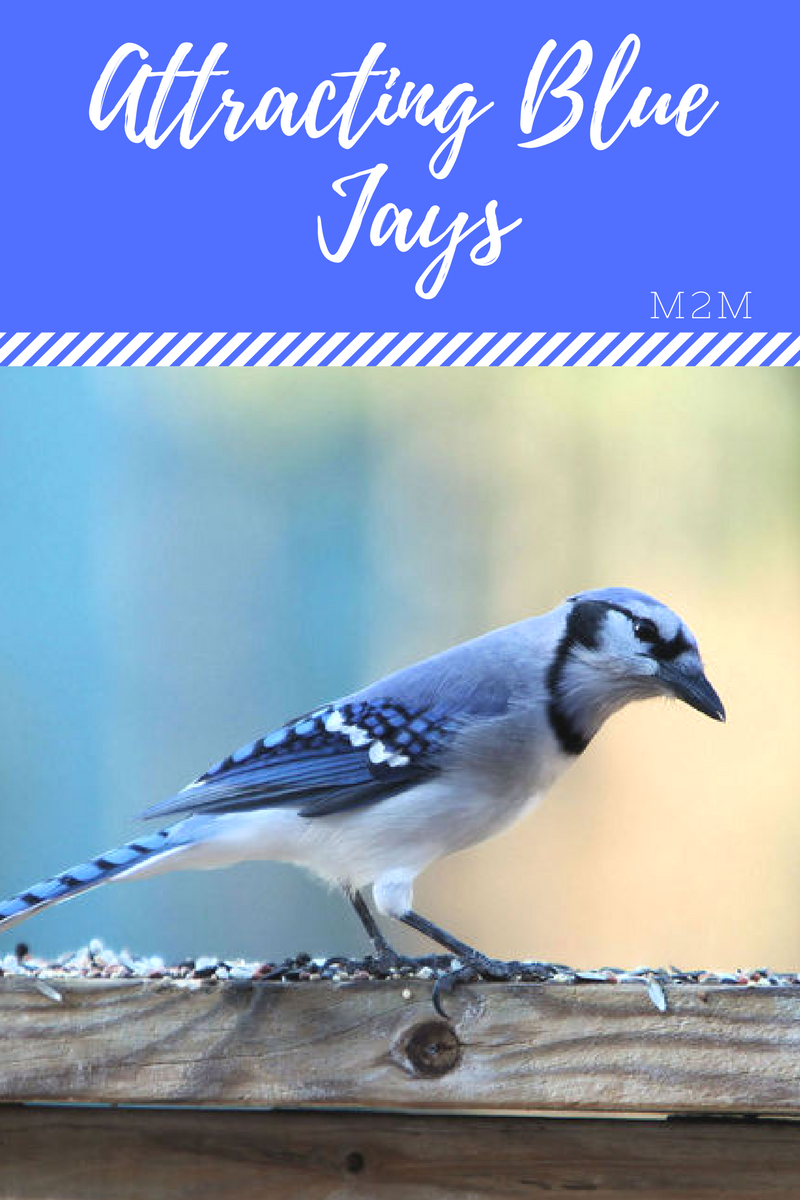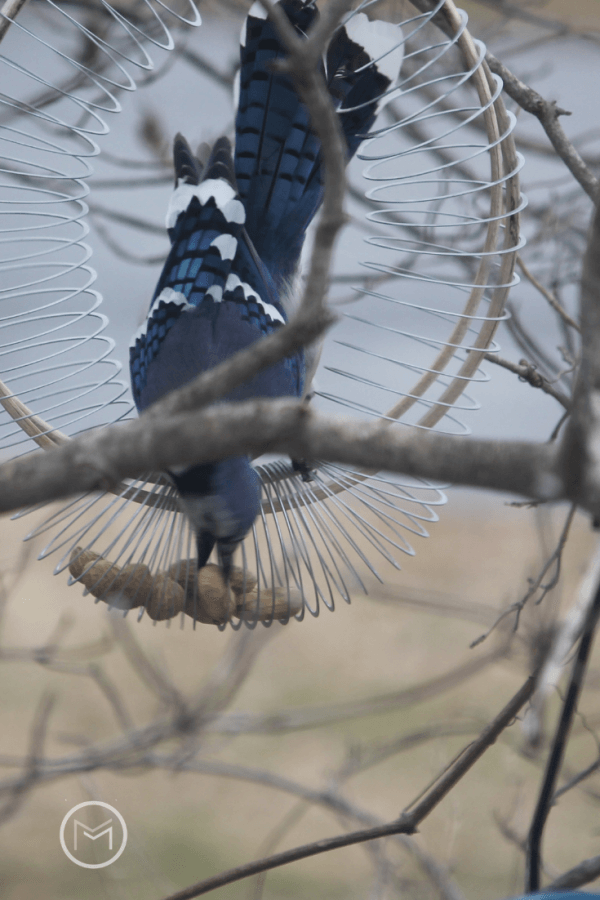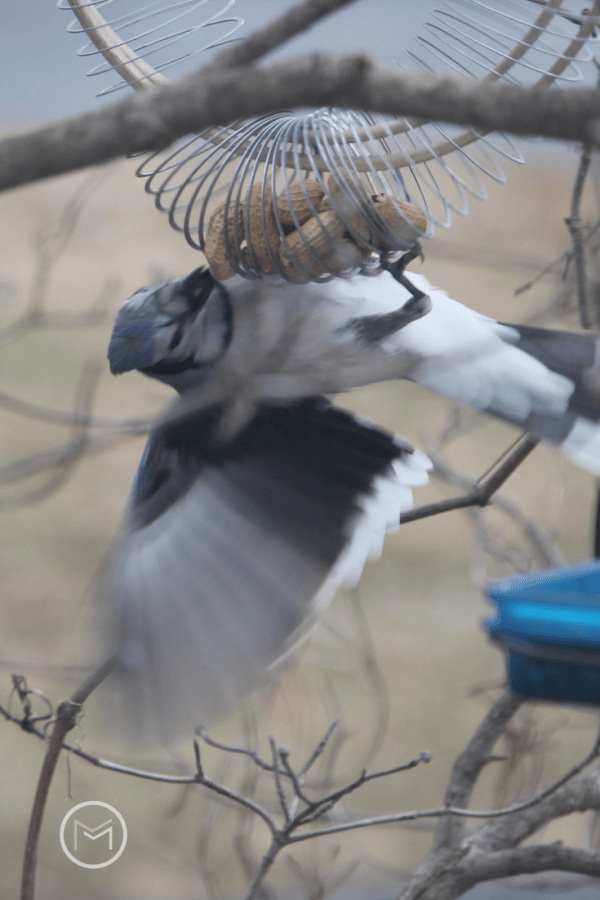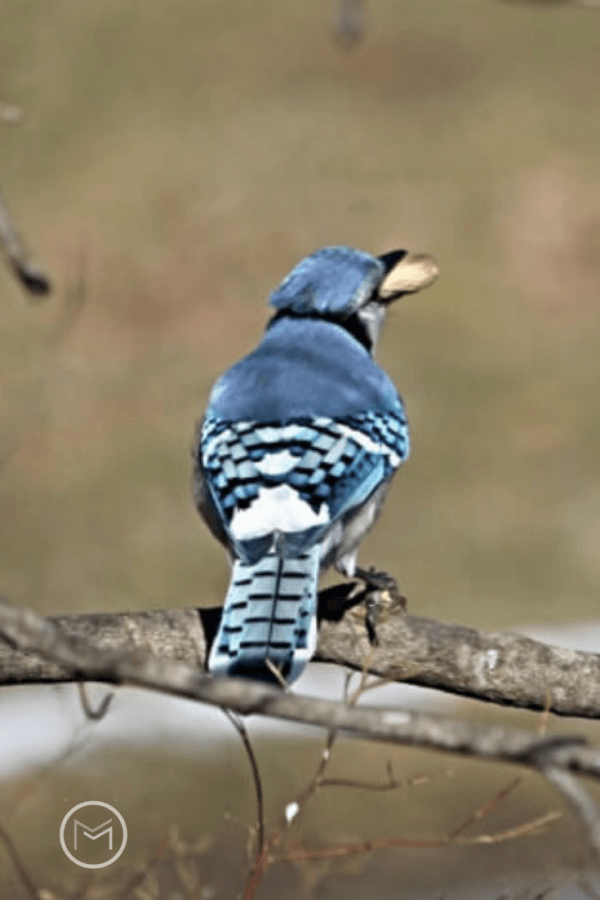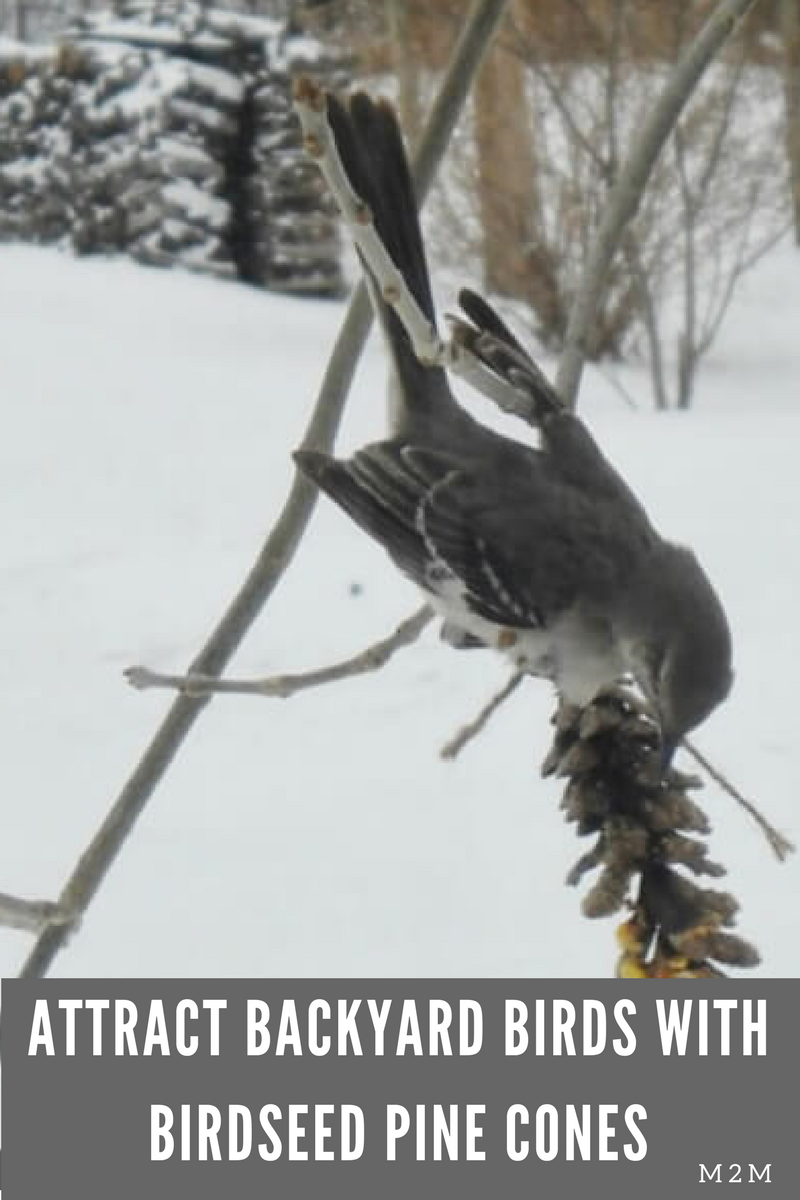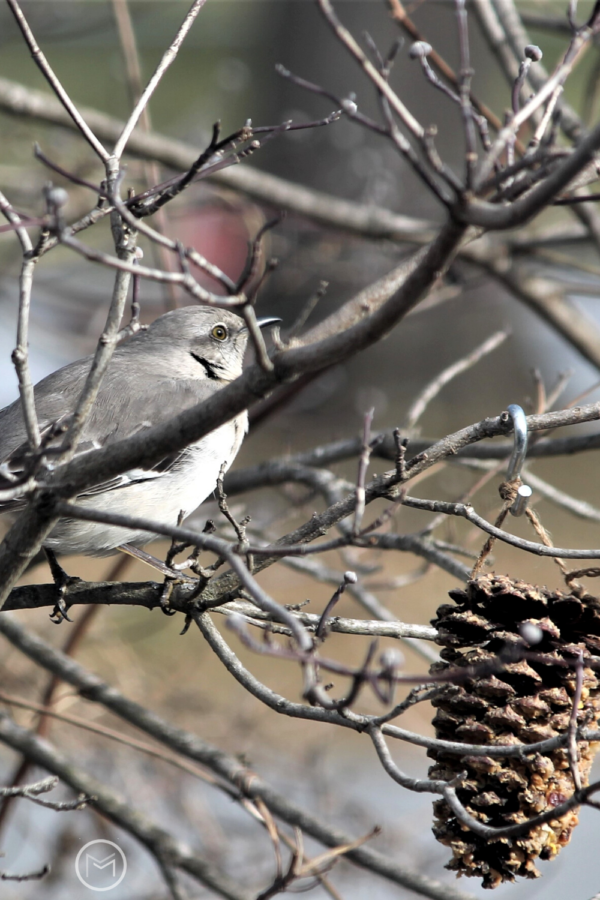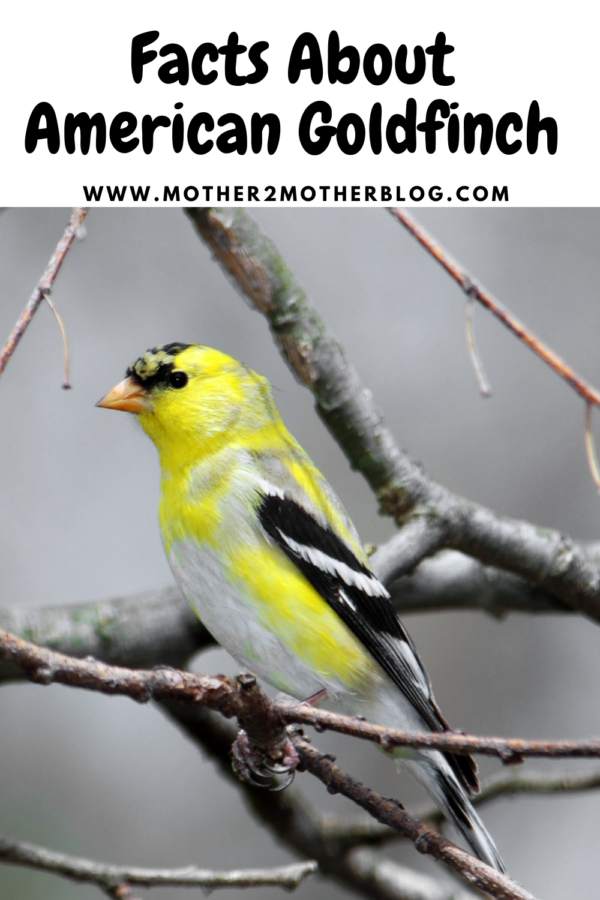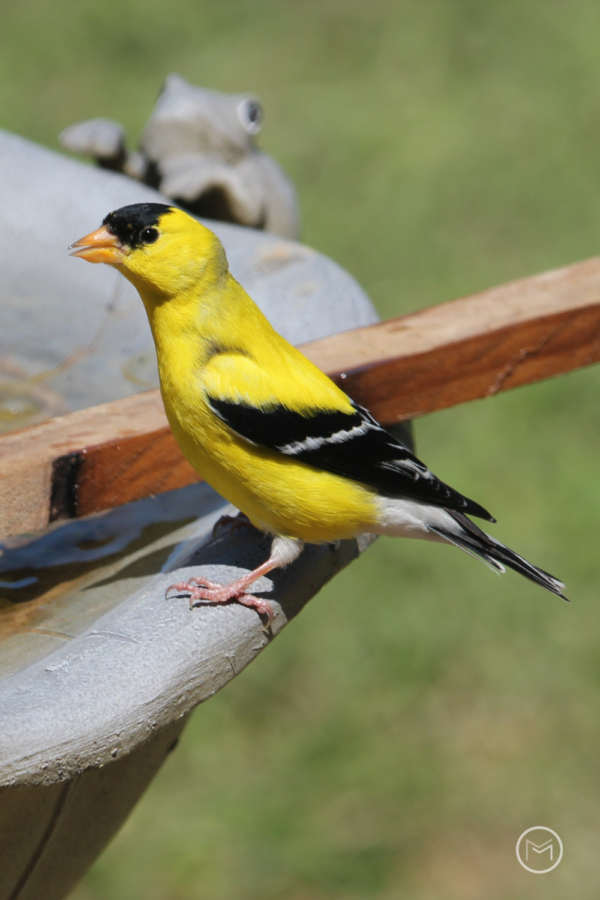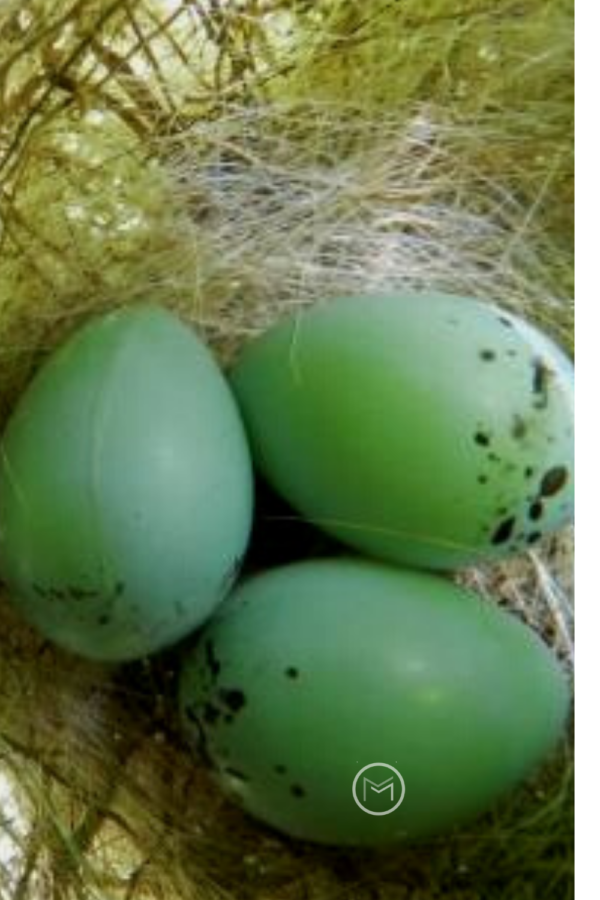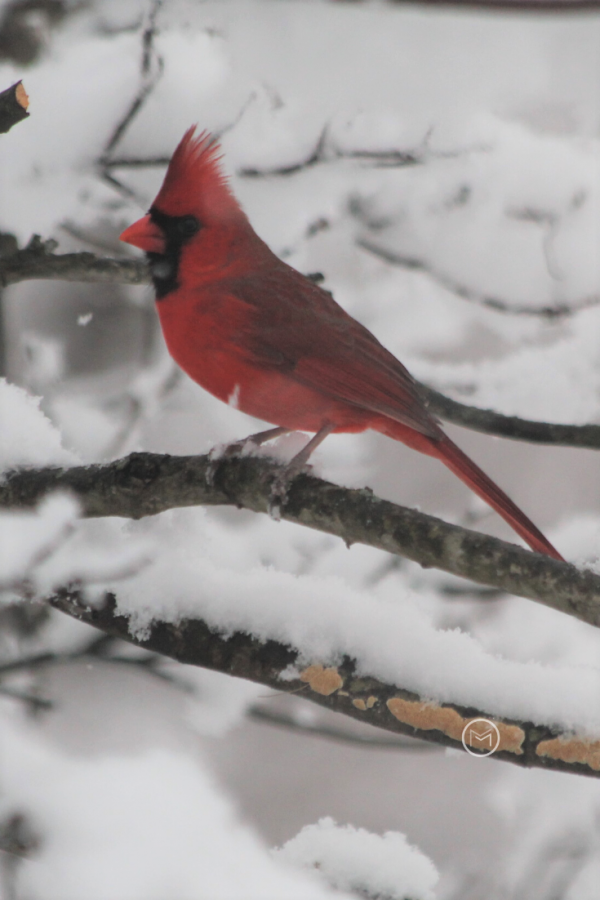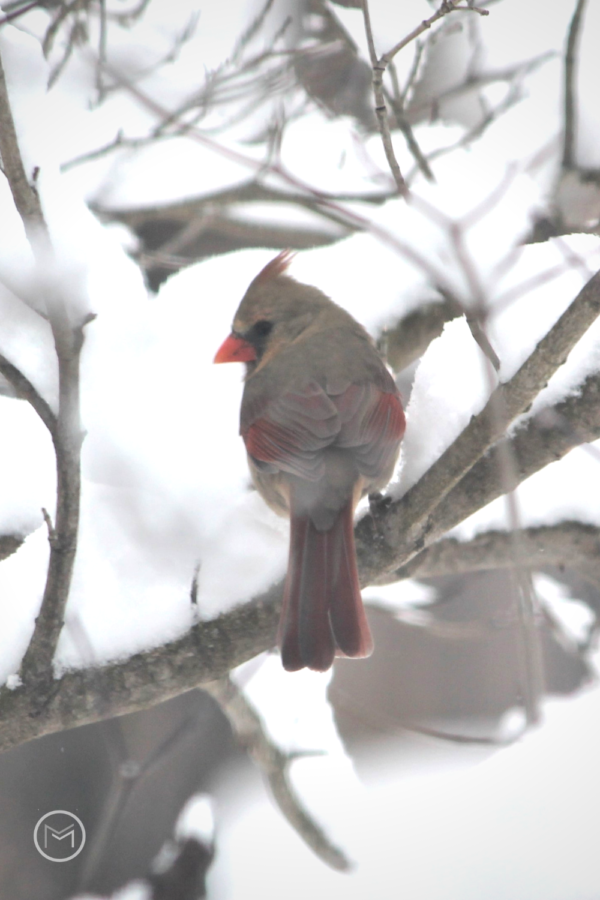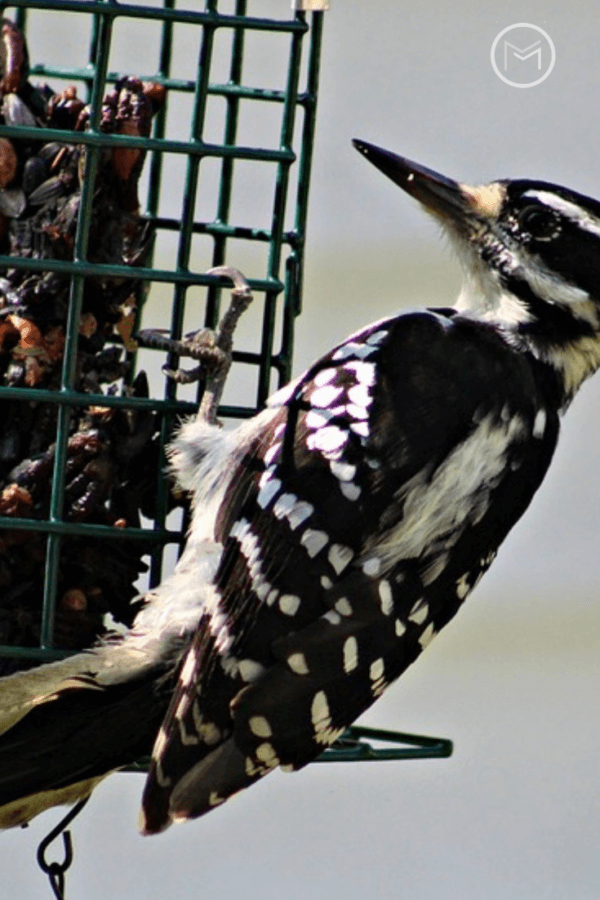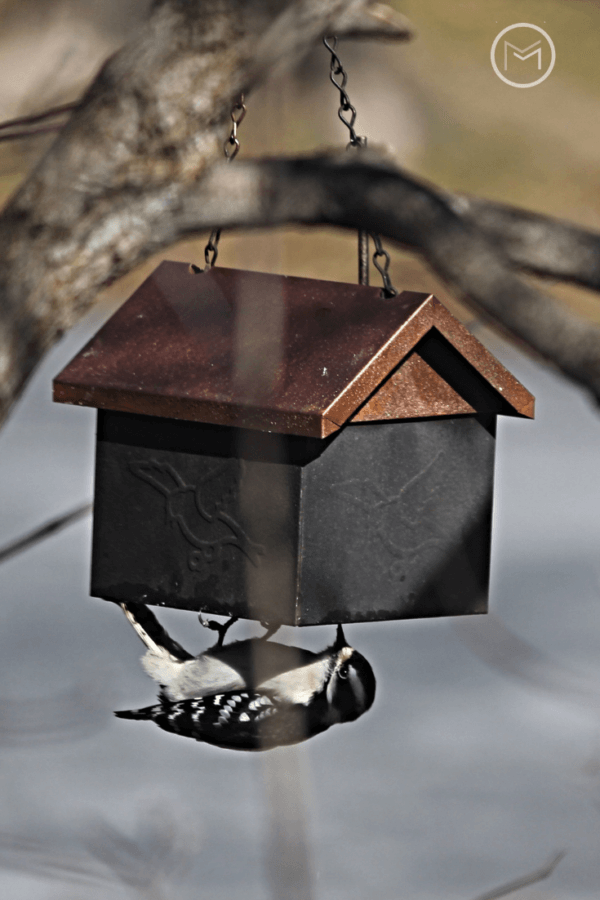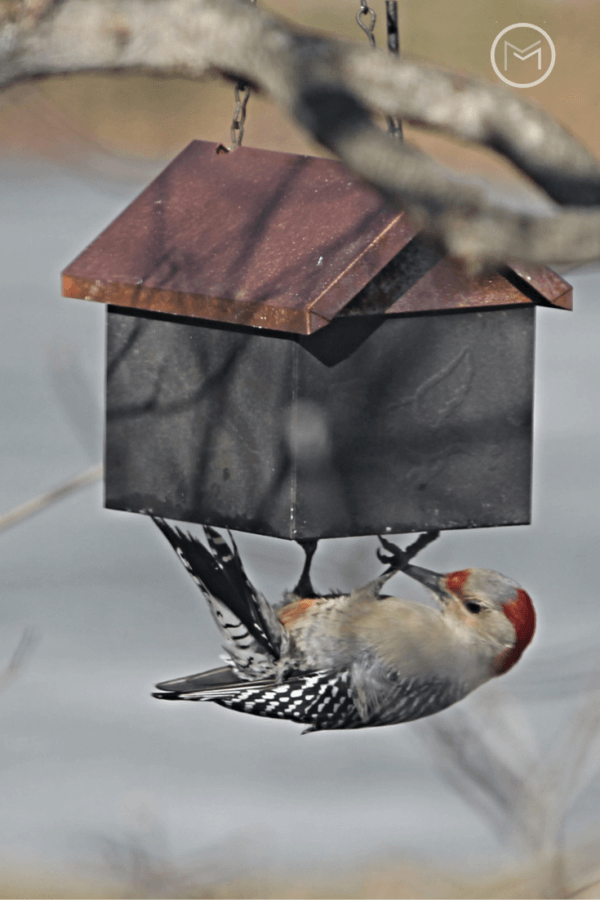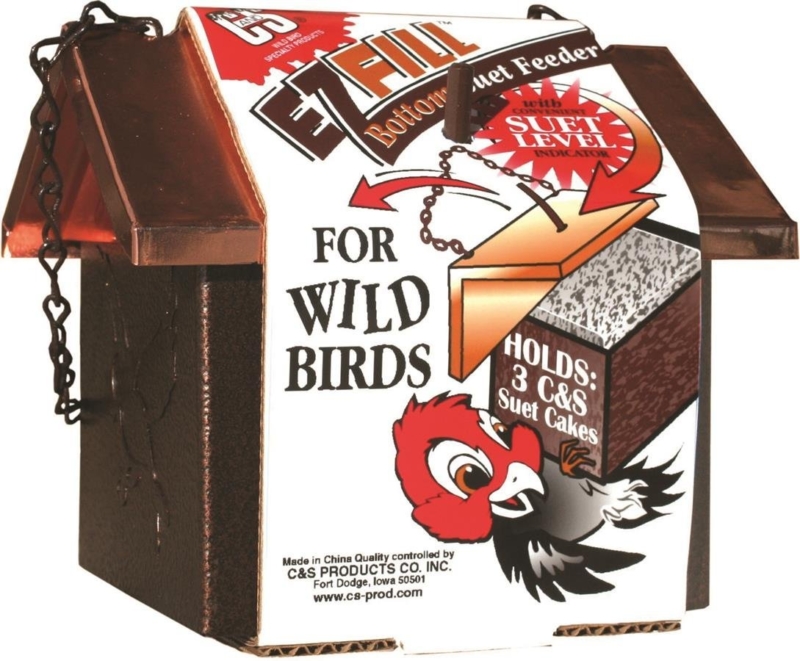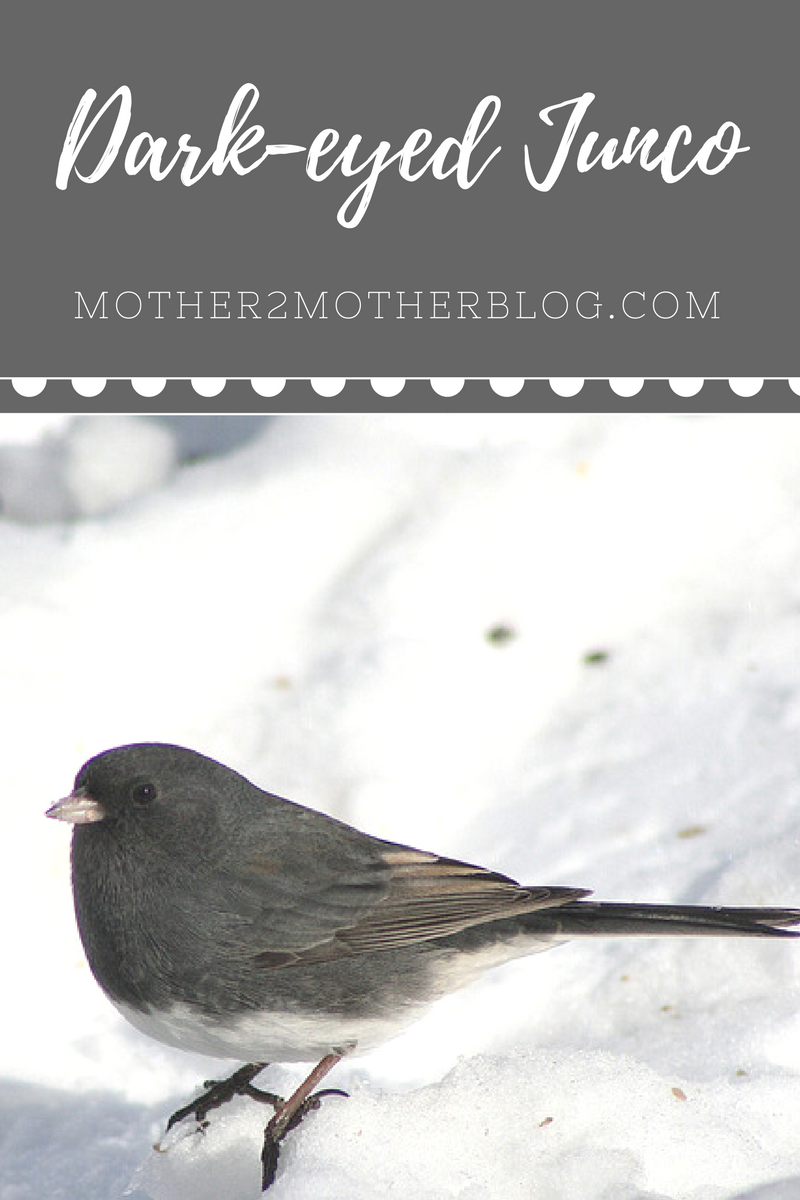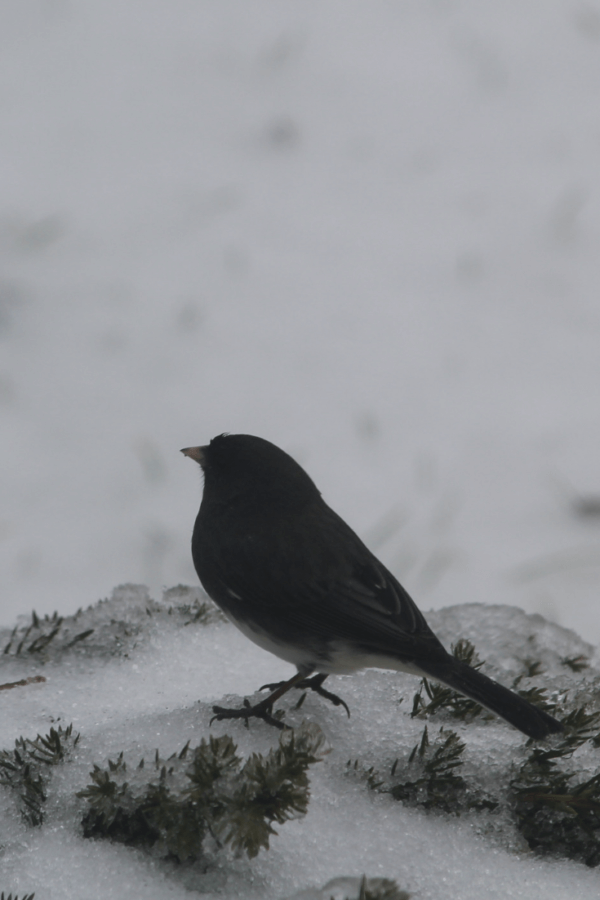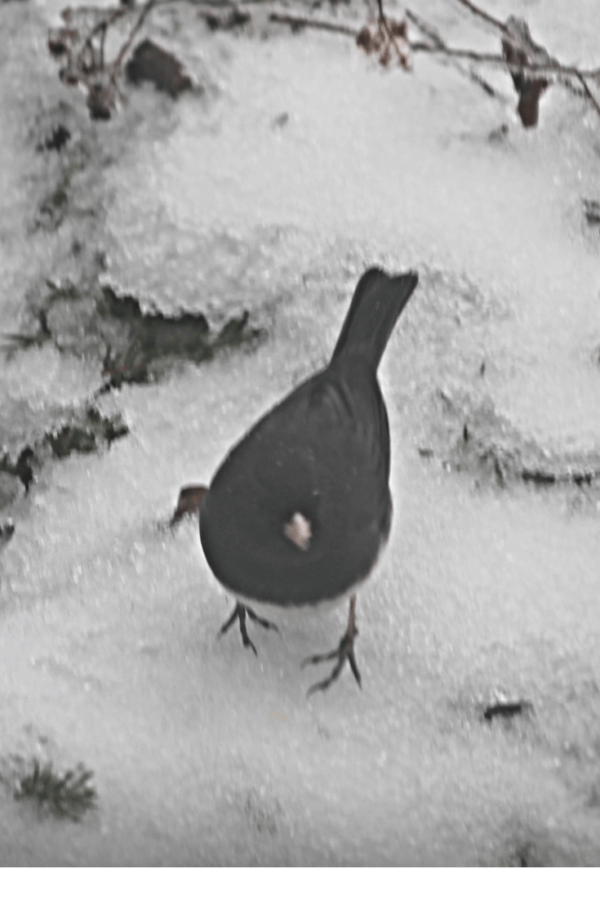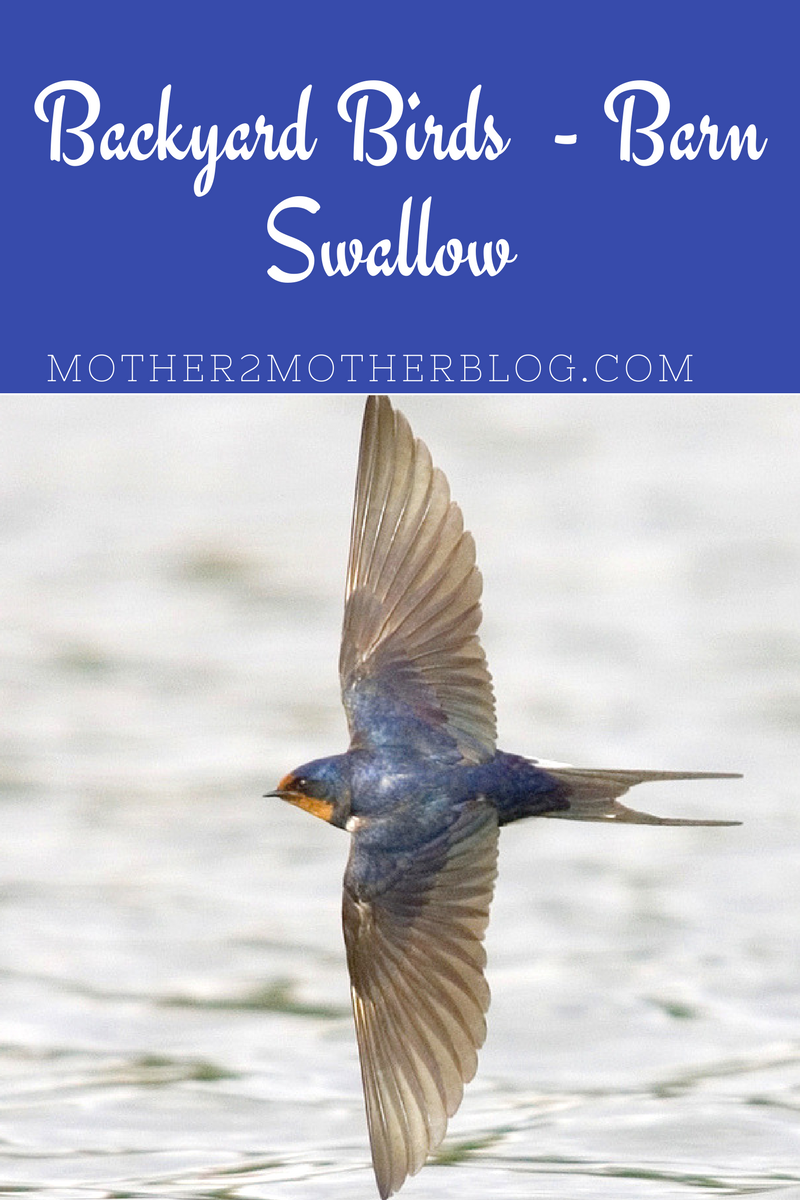
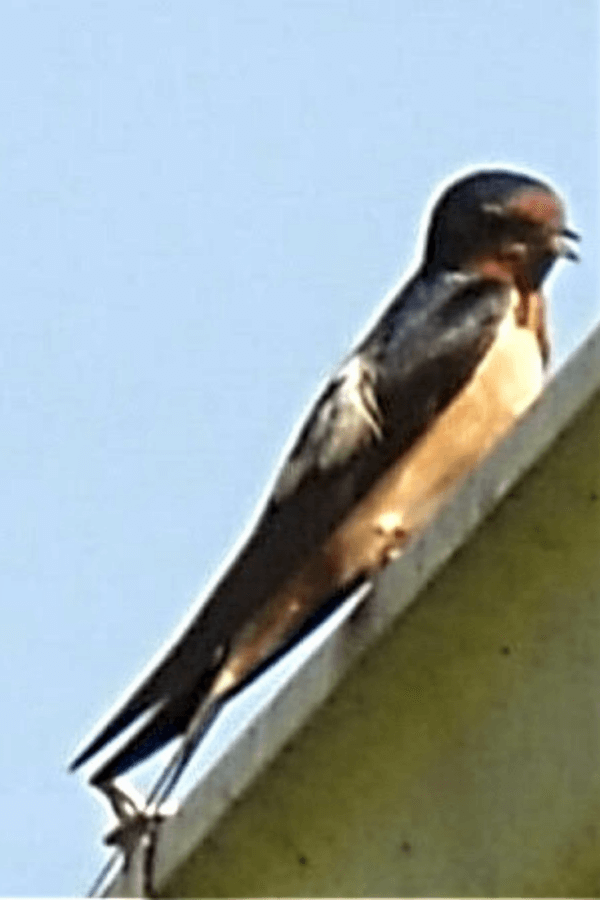
Also, she had her baby with her. However, the baby disappeared when I opened the door to go inside to get the camera and phone. Interestingly, momma bird seemed pretty content right where she was. When I googled the features of a Barn Swallow, I learned some interesting facts. They like to build their nest under eaves.
Facts about Barn Swallows:
- Barn Swallow migrate between South America and North America. No this is not a typo, they can travel 14,000 miles between winter and summer.
- They usually live around 8 years.
- Insects are a favorite. They feed mostly in flight since insects are a large portion of their diet. However, they will eat egg or oyster shells from a platform feeder. Especially, in the spring.
- Barn Swallows make their nests are made of mud and grass. They are usually built on man made structures.
- Barn Swallows habitat across most of the country.
- They are very difficult to attract. They like to be near streams, ponds and other sources of flowing water. (My wet weather stream just happened to be running after 4 inches of rain). Lucky me!
As I was writing this post I spotted a male Barn Swallow. It was just as beautiful, but it was more black and blue in color. Yet, the orange color on his breast was more defined than the females. The male was gathering mud from my stream bed. Again, Barn Swallows build their nest out of mud and grass. Unfortunately, I didn’t have my camera with me. I am glad that I was able to get an opportunity to see this beauty up close and person. According to what I have read, it is rare to get this close to them. I hoped you enjoy the facts about Barn Swallows. What backyard birds are prevalent in your area? You may also like:
